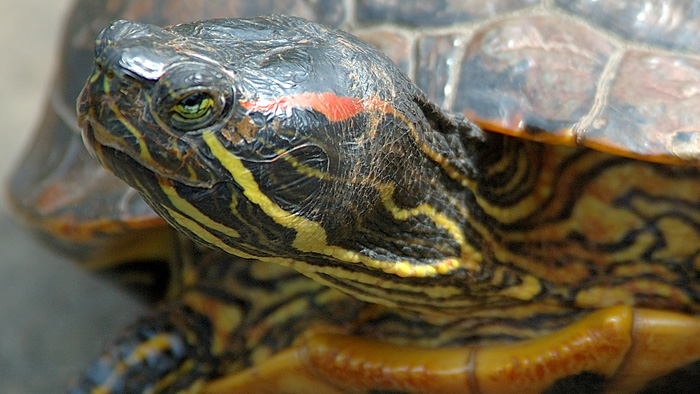
The need for a greater focus on preventing new threats and eradicating new and emerging pest animals were key messages in our recent submission to the NSW Natural Resources Commission, written in partnership with BirdLife Australia and the Nature Conservation Council of NSW.
The joint submission was made to a review of pest animal management in NSW that is looking at the environmental, economic and social benefits of pest animal management across all land tenures.
In particular we argued that strategic planning and the management of pest animals in NSW must consider future threats as well as current known threats.
The state also needs to increase its preparedness and ability to respond to pest animals that threaten the environment, not just those posing a risk to agriculture, which has traditionally been far better resourced.
The need for prevention and early eradication of pests was also supported by submissions from Landcare, the National Parks Association of NSW, the Fauna Research Alliance and the Fisheries Scientific Committee.
Other recommendations
In our submission we also argued for new approaches to feral horses, goats, deer, red-eared slider turtles, Indian ringneck parrots, barbary and laughing doves, game birds, wild dogs, building a redfin perch barrier on the Kedumba River and requiring pet shops to educate customers about how to dispose of unwanted fish.
More than 170 submissions were made and of the 148 submissions publicly available most focused on established pest animals.
Interestingly 85% of the submissions focused on supporting the use of recreational hunting as a control method for pest management, a method generally discredited by pest management experts. This may indicate the recreational hunting lobby was active in promoting its position.
Given the effectiveness of preventing new pests and eradicating them at early stages of invasion rather than dealing with ongoing problems once pest animals are established, the voice of the Invasive Species Council, our partners and supporters was incredibly important in this review.
The submission is one of the many ways that the Invasive Species Council is working proactively to improve biosecurity arrangements throughout Australia.
Next steps
The Commission will release a draft report in March 2016 followed by further public consultation. The final report is due for release by the end of June 2016.
We will continue to take part in the review, advocating for a holistic and integrated approach to pest management, concentrating on the importance of prevention and containment and addressing environmental threats.

